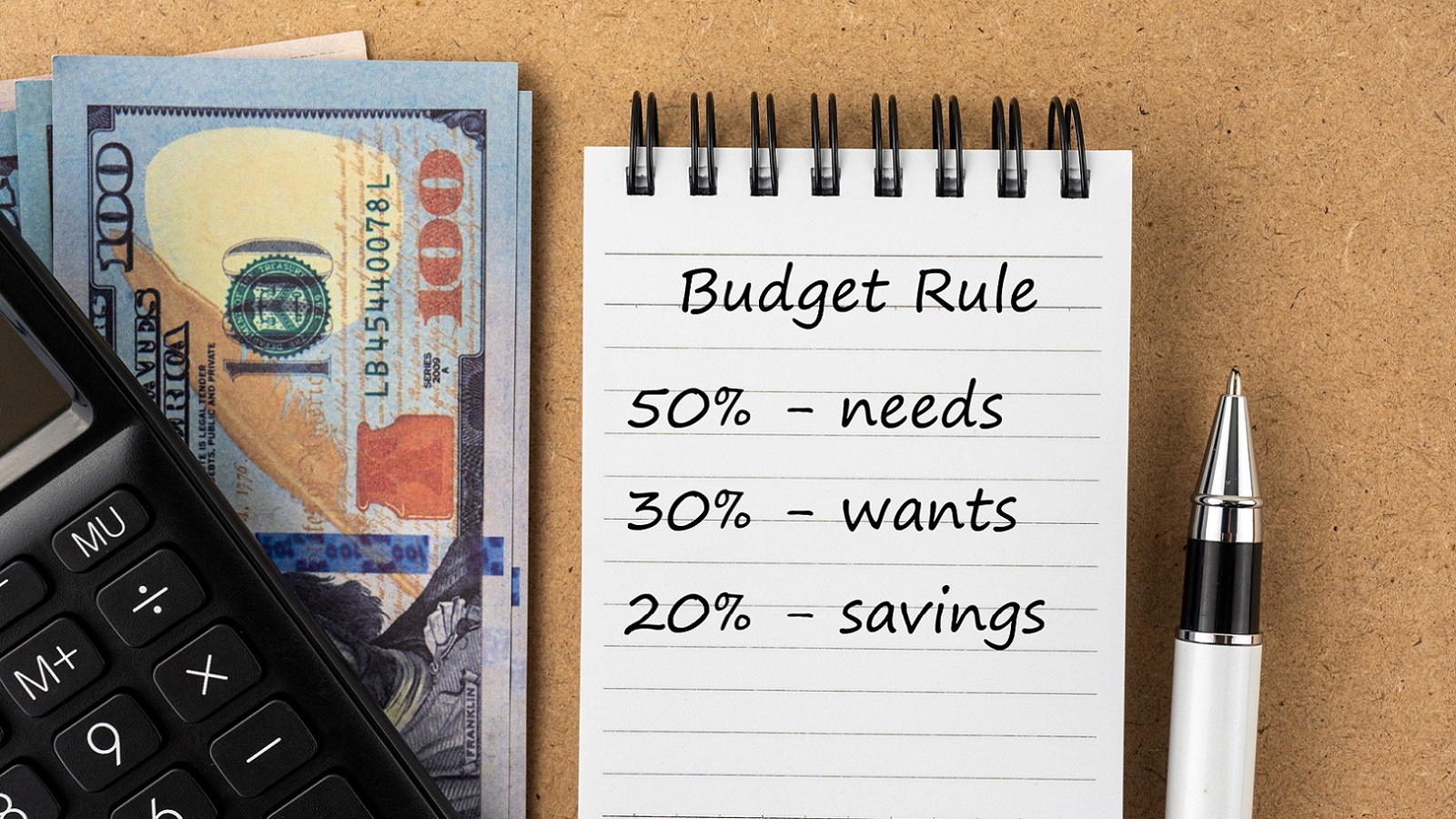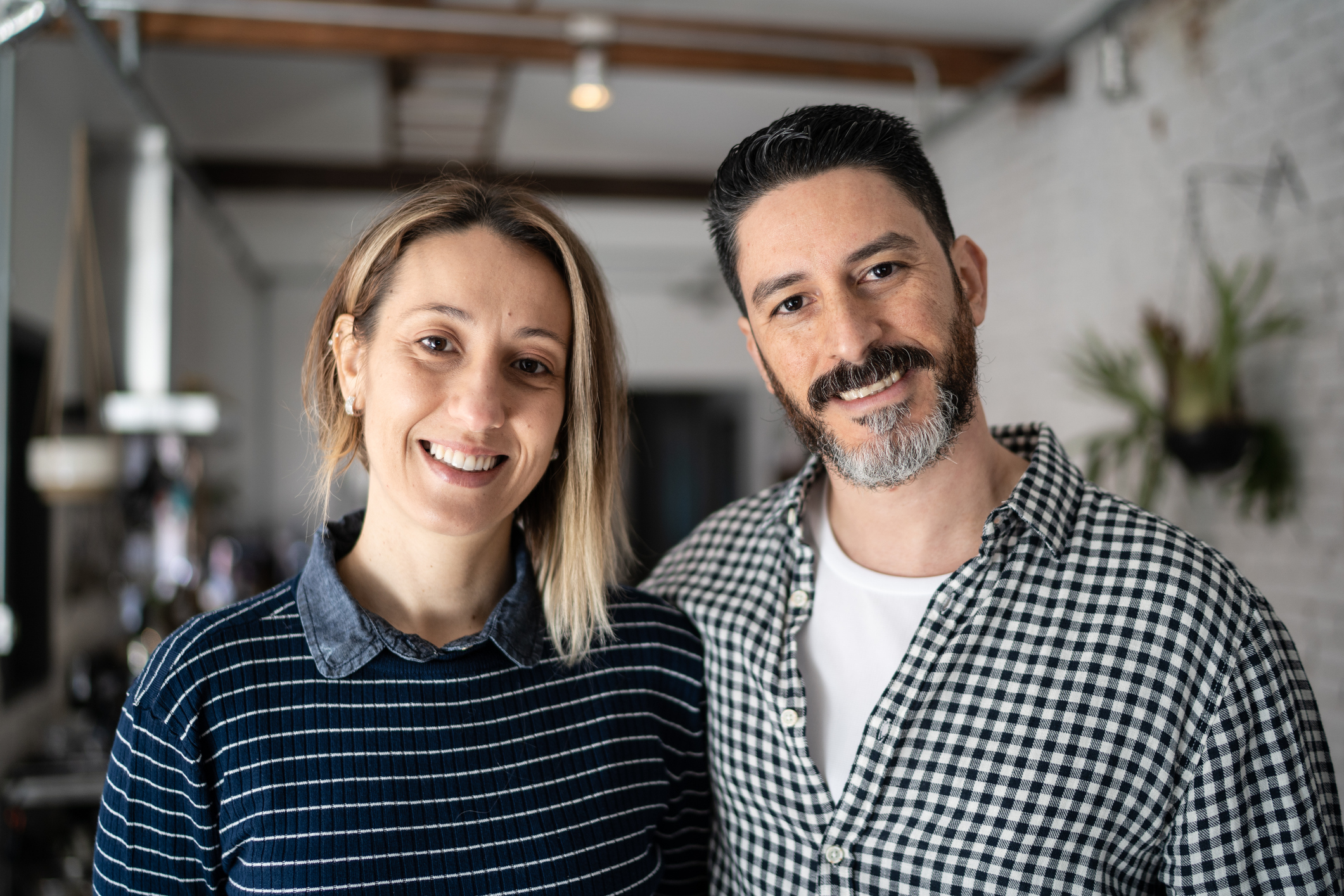Financial Literacy Where It Counts
These programs teach low-income kids money-management skills.

Sometimes, as my editor says, you get a letter from a reader that makes your day, your week, your month. We at Kiplinger's received such a letter from John Mercer, a sixth-grade teacher in Fulton, N.Y., who wanted us to know that our March cover story on how to become a millionaire had made a big impact on his students, many of whom come from low-income households.
"Sadly, most of my students believe that the only way they will ever have wealth is to win the lottery," wrote Mercer. So he used several people profiled in the story -- chef Lorena Garcia; Lonnie Johnson, inventor of the Super Soaker water gun; Danny and Matt Kass, snowboarders-turned-entrepreneurs -- to show his students that "qualities like perseverance, determination and hard work" lead to success.
Mercer also managed to weave in lessons about vocabulary and reading comprehension. But the real payoff was that his students "felt inspired and motivated and have the hope that anything is possible."
From just $107.88 $24.99 for Kiplinger Personal Finance
Become a smarter, better informed investor. Subscribe from just $107.88 $24.99, plus get up to 4 Special Issues

Sign up for Kiplinger’s Free Newsletters
Profit and prosper with the best of expert advice on investing, taxes, retirement, personal finance and more - straight to your e-mail.
Profit and prosper with the best of expert advice - straight to your e-mail.
Mercer's experience is particularly timely because April is financial literacy month, and financial literacy is critical for low-income students. They need to learn money-management skills, but they also need to know they have a stake in the bigger economy.
I'd like to single out two other grass-roots programs that target inner-city youth. Washington Jesuit Academy, a middle school for disadvantaged boys in Washington, D.C., is one of eight schools participating in the Stocks in the Future program developed by Johns Hopkins University.
When I visited Bob Wassman's sixth-grade class, students were learning what determines stock prices. But they also earn points for class attendance and grade improvement that they can convert into real cash -- up to $80 per year -- to buy real stocks. "Learning to put a little aside will make a big difference to them when they get a job," says Wassman.
Also worthy of note is the Educated Consumer Project, which holds after-school sessions twice a week for students at McKinley Technology High School in Washington, D.C.
Brainchild of Jonathan Kivell, a master's-degree student at Georgetown University, the program aims to introduce low-income teens to banking and credit so that, as adults, they can steer clear of payday loans.
Classes are taught by students from Georgetown and Howard universities, who ended up learning a thing or two themselves.
Profit and prosper with the best of Kiplinger's advice on investing, taxes, retirement, personal finance and much more. Delivered daily. Enter your email in the box and click Sign Me Up.

Janet Bodnar is editor-at-large of Kiplinger's Personal Finance, a position she assumed after retiring as editor of the magazine after eight years at the helm. She is a nationally recognized expert on the subjects of women and money, children's and family finances, and financial literacy. She is the author of two books, Money Smart Women and Raising Money Smart Kids. As editor-at-large, she writes two popular columns for Kiplinger, "Money Smart Women" and "Living in Retirement." Bodnar is a graduate of St. Bonaventure University and is a member of its Board of Trustees. She received her master's degree from Columbia University, where she was also a Knight-Bagehot Fellow in Business and Economics Journalism.
-
 5 Investment Opportunities in 2026
5 Investment Opportunities in 2026As investors game-plan for the year ahead, these five areas of the equity markets deserve their attention.
-
 How Verizon’s Free Phone Deals Work
How Verizon’s Free Phone Deals WorkWhat shoppers need to know about eligibility, bill credits and plan costs.
-
 Does Your Car Insurer Need to Know All Your Kids? Michigan Cases Raise Question
Does Your Car Insurer Need to Know All Your Kids? Michigan Cases Raise QuestionWho you list on your policy matters more than most drivers realize, especially when it comes to who lives in your home.
-
 Smart Strategies for Paying Your Child an Allowance
Smart Strategies for Paying Your Child an AllowanceBy giving your kids money to spend and save, you’ll help them sharpen their financial skills at an early age.
-
 I Need to Cut $1,000 From My Monthly Budget, and I've Already Given Up Starbucks and Dining Out. What Else Can I Do?
I Need to Cut $1,000 From My Monthly Budget, and I've Already Given Up Starbucks and Dining Out. What Else Can I Do?Here are some creative ways to save up to $1,000 a month, even if you feel like you've already made all of the obvious cuts.
-
 I'm a Government Employee and Need to Get By Until the Shutdown Ends. What Can I Do?
I'm a Government Employee and Need to Get By Until the Shutdown Ends. What Can I Do?The second-longest shutdown in history is leaving many federal workers with bills due and no paycheck to cover them. Here's what you can do to get by.
-
 What Does Medicare Not Cover? Eight Things You Should Know
What Does Medicare Not Cover? Eight Things You Should KnowMedicare Part A and Part B leave gaps in your healthcare coverage. But Medicare Advantage has problems, too.
-
 The 50-30-20 Budget Rule: A Simple Way to Save Money
The 50-30-20 Budget Rule: A Simple Way to Save MoneySaving Using the 50-30-20 budget rule is an easy way to save. It helps you prioritize saving while paying off debt.
-
 'Food Tax': Which States Still Tax Groceries?
'Food Tax': Which States Still Tax Groceries?State Tax Ten states still tax groceries, but that figure is shrinking.
-
 How Our Family Fights Inflation
How Our Family Fights InflationBudgeting Millennials typically spend more than other generations on certain expenses that have been increasing most rapidly. Here are some tips to cut your losses.
-
 Gas Prices Around the World
Gas Prices Around the WorldBudgeting Many world gas prices can make what Americans pay at the pump seem like a bargain. But not all.